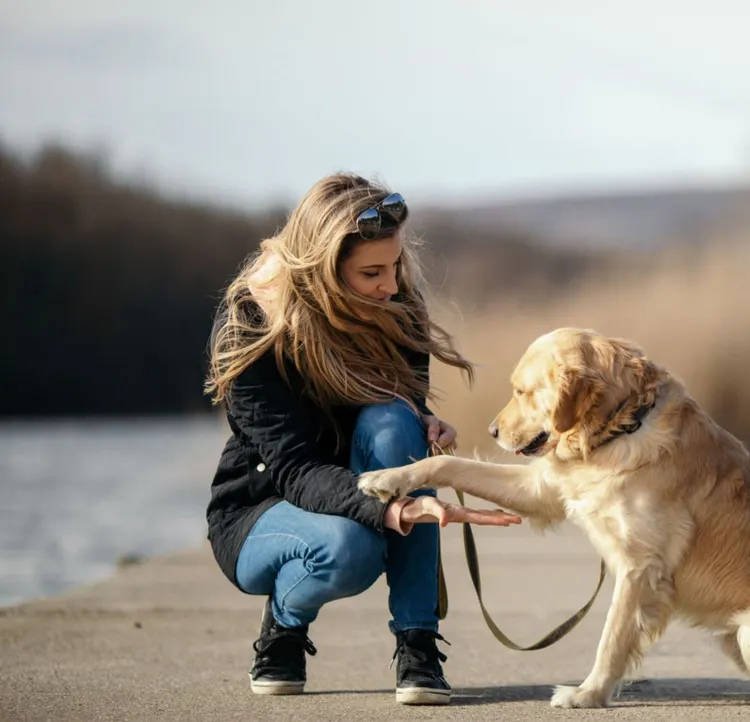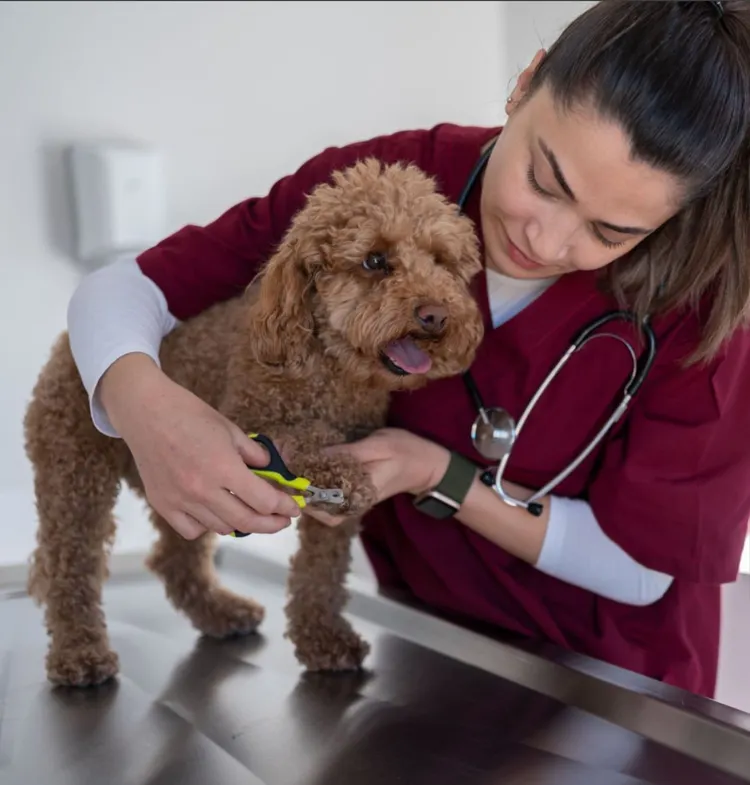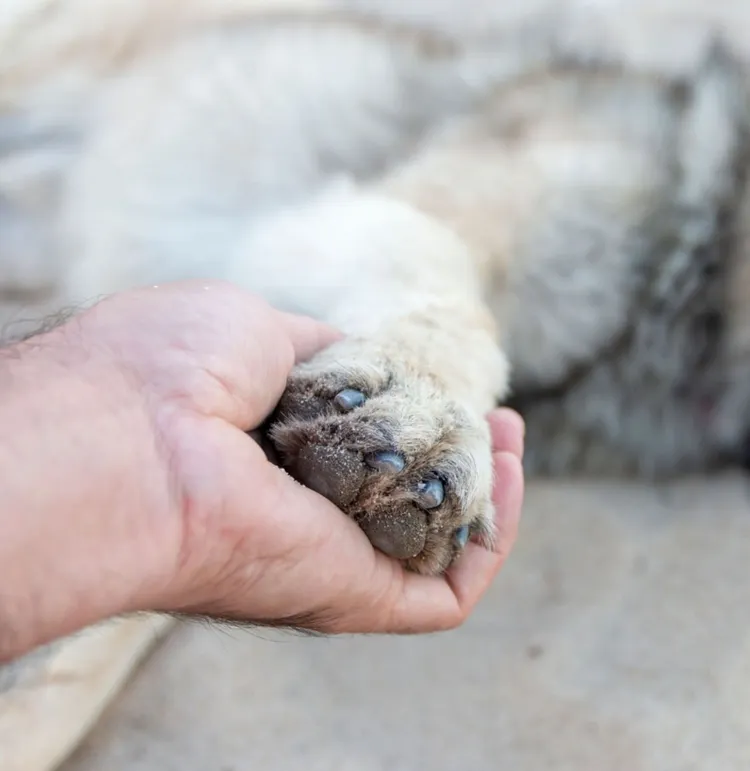One rainy day, I was snuggled up with my dog, Bella, when I noticed her nails tapping against the hardwood floor. They weren’t supposed to sound like that. A closer look revealed one of her nails was slightly bent and looking worse for wear. Cue my Google search frenzy. As it turns out, unhealthy dog nails are more common than you’d think—and trust me, it’s not something to ignore. Here’s a guide to recognizing, preventing, and fixing unhealthy dog nails, so you can keep your pup pain-free and happy!
Recognizing Unhealthy Dog Nails
Before we can prevent unhealthy nails, let’s first understand what they look like. A dog’s nails should be strong, smooth, and free from cracks. Any discoloration or excessive growth can indicate underlying problems. Here are a few red flags:
- Overgrown Nails: When your dog’s nails are too long, they may curl under the paw or tap audibly on hard floors. Overgrown nails can alter their gait, potentially causing joint or back pain.
- Discoloration: Healthy dog nails are usually clear or slightly pigmented, depending on your dog’s breed. If you notice darkening, yellowing, or black spots, it could signal a fungal or bacterial infection.
- Splits or Cracks: If your dog’s nails have splits, cracks, or chips, they may be too dry or brittle. Cracks can be painful, especially if they reach the quick—the sensitive area within the nail that contains nerves and blood vessels.
- Bleeding: Any bleeding from the nail bed is a clear sign of injury or an underlying infection. This needs immediate attention to avoid further damage.
- Excessive Licking or Biting: Dogs often lick their paws or chew at their nails when they are irritated. If you notice your dog fixating on its paws, it’s time to investigate.
Common Causes of Unhealthy Dog Nails
Several factors can contribute to unhealthy nails, ranging from improper grooming to underlying health conditions. Here’s what to watch out for:
- Lack of Regular Trimming: Just like us, dogs need regular grooming to maintain nail health. Overgrown nails can lead to painful cracks and make walking uncomfortable for your dog.
- Nutritional Deficiencies: A diet lacking in essential nutrients, particularly biotin, zinc, or omega-3 fatty acids, can weaken nails and make them more prone to splitting.
- Infections: Fungal or bacterial infections can affect the nail bed, leading to discoloration and nail degradation. Always check for any strange smells or pus around the nails.
- Injury: Accidental trauma, such as catching a nail on rough terrain or even playful scratching, can result in damaged nails.
- Breed Predispositions: Some breeds, like Greyhounds and Dobermans, tend to have weaker nails, making them more susceptible to nail issues.

Preventing Unhealthy Nails in Dogs
Prevention is the best approach when it comes to nail health. Here are some easy and practical ways to ensure your dog’s nails stay healthy:
- Regular Trimming: One of the simplest ways to prevent nail problems is by trimming them regularly. Aim to clip your dog’s nails every 3 to 4 weeks, or whenever you hear that familiar clicking on the floor.
- Eco-friendly Tip: Use stainless steel clippers that last a long time. Many eco-conscious brands offer nail clippers made from sustainable materials.
- Proper Diet: A balanced diet rich in omega-3 fatty acids (like those found in fish oils) and biotin can strengthen your dog’s nails. Make sure they’re getting all the essential nutrients, and consider adding a natural supplement if needed.
- Eco-friendly Tip: Look for sustainably sourced fish oil or plant-based omega-3 alternatives to support both your dog’s health and the environment.
- Moisturizing Balms: If your dog’s nails are prone to cracking, a moisturizing balm can work wonders. There are plenty of natural, eco-friendly paw balms that can keep your dog’s nails strong and flexible.
- Eco-friendly Tip: Opt for balms that use organic, non-toxic ingredients, like shea butter and coconut oil.
- Routine Inspections: Regularly check your dog’s nails for any signs of trouble, especially after outdoor activities. Catching problems early is key to preventing more severe issues.
- Provide Proper Surfaces: Walking your dog on varied surfaces, such as grass, sand, or dirt, helps naturally wear down their nails. Avoid letting them walk too much on hard surfaces, which can wear down nails unevenly.
How to Recognize Problems Early
Being proactive is essential. Knowing how to detect issues early can prevent bigger problems down the road. Here are a few signs that things might not be right:
- Sound of the Nails: When your dog walks, their nails should not produce a clicking sound. If you hear this, it’s time for a trim.
- Gait Changes: If your dog starts limping or walking strangely, this could be a sign of discomfort caused by long or cracked nails.
- Inflamed Nail Beds: Red, swollen, or warm nail beds indicate a possible infection that needs immediate attention.
- Sudden Licking or Chewing: A change in your dog’s behavior, like suddenly licking their paws or chewing at their nails, often signals irritation or pain.

Treating Unhealthy Dog Nails
If you’ve identified a nail problem, here’s what you can do:
- Trim Overgrown Nails Carefully: If your dog’s nails are too long, trim them back slowly, making sure not to cut into the quick. If you’re not comfortable doing this, a vet or groomer can help.
- Apply Moisturizing Balm: For cracked or brittle nails, apply a moisturizing paw balm regularly. This can prevent further splits and promote healing.
- Treat Infections: If you suspect an infection, it’s best to visit the vet. Your dog may need an antifungal or antibacterial treatment to clear things up.
- Bandage Split Nails: For split nails, gently clean the area and apply a dog-safe bandage until it heals. If the split is severe, seek veterinary advice.
How to Avoid Future Nail Issues
The key to avoiding unhealthy nails in the future is consistent care. Here’s a quick checklist to ensure your dog’s nails stay in prime condition:
- Trim nails regularly: Set a schedule and stick to it.
- Inspect paws and nails after outdoor activities: Look for any signs of injury or infection.
- Moisturize cracked nails: Use natural balms to prevent further damage.
- Provide a healthy diet: Make sure your dog’s diet includes nail-strengthening nutrients like omega-3s and biotin.
Unhealthy dog nails can lead to a range of problems, from discomfort to infections. By maintaining regular grooming routines, providing a balanced diet, and using natural remedies, you can keep your dog’s nails healthy and prevent common issues. Remember, a little prevention goes a long way. So, the next time your dog’s nails start tapping on the floor, you’ll know exactly what to do!



